Rowing machines have been gaining popularity as an effective full-body workout that is low-impact and suitable for all fitness levels. In this article, we will provide an overview of rowing machines and their benefits, as well as delve into the anatomy and science of rowing. We will also explore the benefits of using a rowing machine, tips for effective workouts, common mistakes to avoid, advanced techniques and workouts, and maintenance and care of your rowing machine.
Overview of Rowing Machines:
- Rowing machines are popular fitness equipment that mimic the motion of rowing on water.
- They offer a full-body workout that targets multiple muscle groups.
- They are low-impact and easy on the joints, making them suitable for all fitness levels.
- Rowing machines can be found in most gyms and are also available for purchase for home use.
Part 1: Anatomy of a Rowing Machine
Rowing machines have several components that work together to mimic the motion of rowing on water. Understanding these components can help you use the machine effectively and get the most out of your workout.
- Footrests: The footrests are adjustable and help secure your feet in place while rowing.
- Seat: The seat moves back and forth on a rail, allowing you to slide forward and backward during the rowing motion.
- Handlebar: The handlebar is attached to a chain or strap and allows you to pull the resistance mechanism to simulate the motion of rowing on water.
- Flywheel: The flywheel is what generates resistance on the machine. It creates a smooth and consistent feel as you row.
- Resistance mechanism: Rowing machines can use different types of resistance mechanisms, such as air, magnetic, or water. Each type has its own advantages and disadvantages.
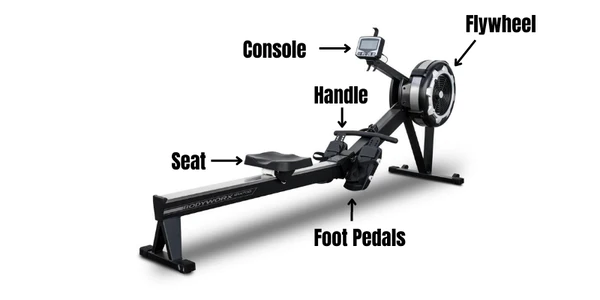
Part 2: The Science of Rowing
Rowing involves four distinct phases: catch, drive, finish, and recovery. Proper technique is important for maximizing your workout and minimizing the risk of injury.
- Catch: This is the starting position of the rowing motion. Your knees are bent, and your arms are extended forward, holding onto the handlebar.
- Drive: During the drive phase, you push off with your legs, pulling the handlebar towards your chest.
- Finish: At the finish, your legs are fully extended, and you are leaning slightly back. Your arms are pulled in towards your chest, and the handlebar is at chest level.
- Recovery: The recovery phase involves reversing the motion, returning to the catch position. You extend your arms, hinge forward at the hips, and slide the seat back up towards the footrests.
Proper form and technique are essential for an effective rowing workout. Adjusting the machine to fit your body can also help you get the most out of your workout.
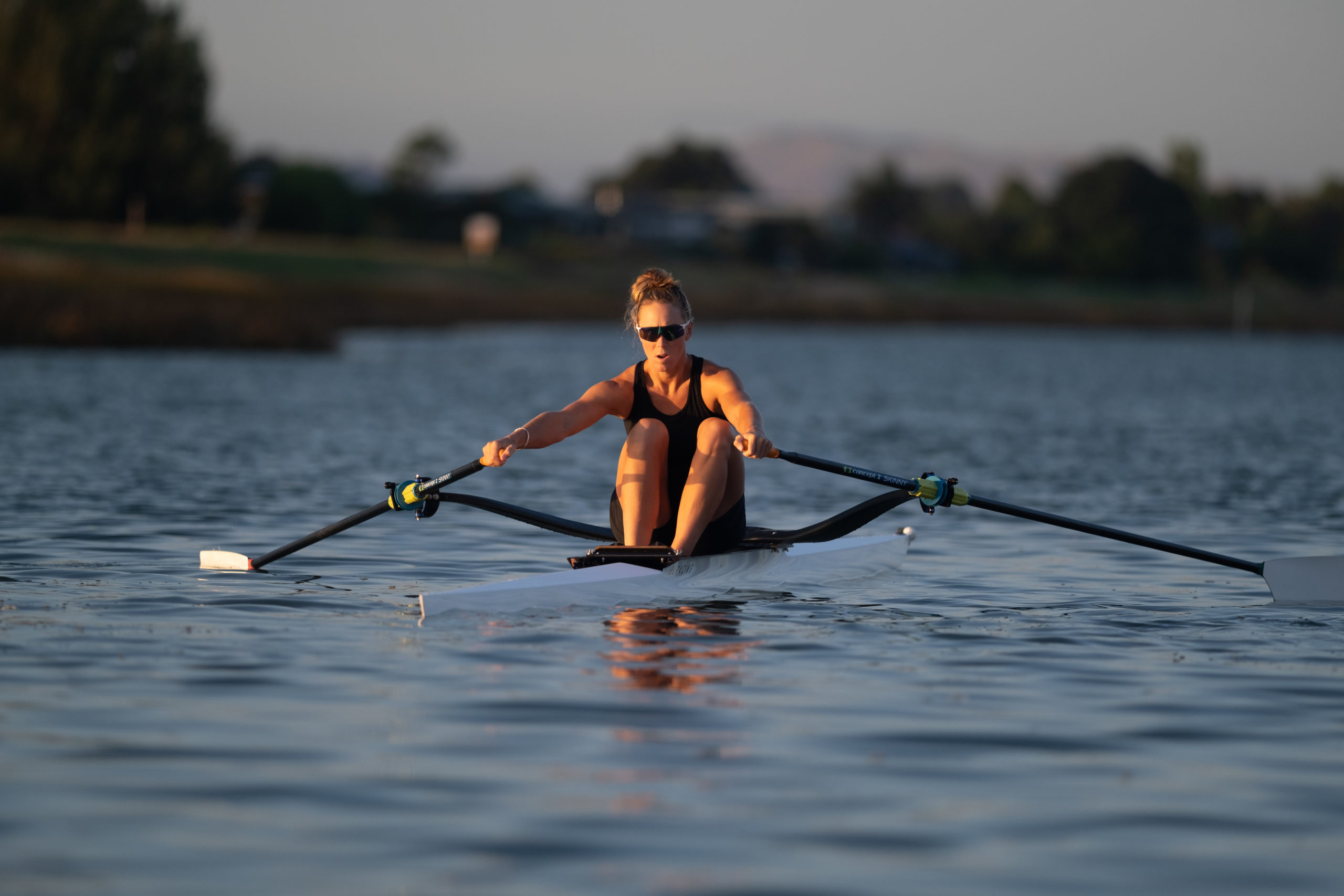
Part 3: Benefits of Using a Rowing Machine
Rowing machines provide a full-body workout that targets multiple muscle groups, making it a great addition to any fitness routine.
- Full-body workout: Rowing engages your legs, core, back, and arms, providing a complete workout in one machine.
- Low-impact exercise: Rowing is a low-impact exercise that is easy on joints and suitable for all fitness levels.
- Cardiovascular health: Regular rowing can improve cardiovascular health and help with weight loss.
- Muscle tone: Rowing helps build and tone muscles, especially in the arms, back, and legs.

Part 4: Tips for Effective Rowing Workouts
To get the most out of your rowing workout, it’s important to warm up properly and choose the right type of workout for your fitness level and goals.
- Warm-up: Start with a few minutes of light cardio to get your blood flowing and loosen up your muscles.
- Types of workouts: There are several types of rowing workouts, including interval training and endurance workouts. Choose a workout that fits your goals and fitness level.
- Tracking progress: Keep track of your progress and set achievable goals to stay motivated and improve your fitness.

Part 5: Common Mistakes to Avoid
Common mistakes can lead to poor technique and increase the risk of injury. Here are some common mistakes to avoid:
- Hunching over: Keep your back straight and engage your core throughout the rowing motion.
- Rowing too fast: Rowing too fast can cause you to lose proper form and increase your risk of injury.
- Overreaching: Avoid overreaching with your arms, which can strain your back and shoulders.
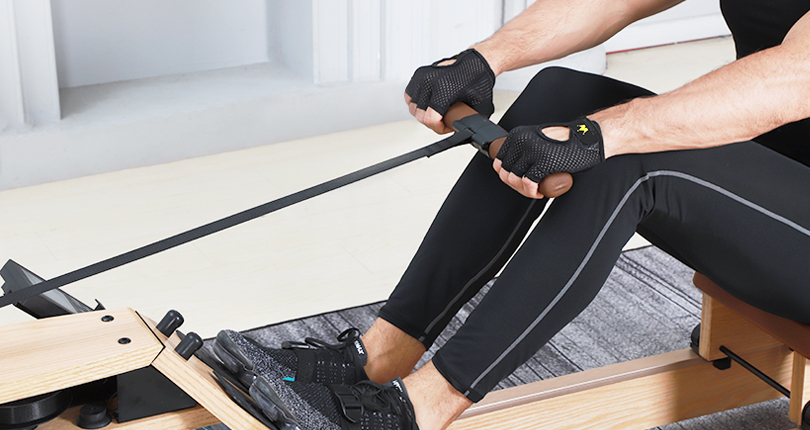
Part 6: Advanced Techniques and Workouts
- Incorporating Rowing into a Cross-Training Routine: Rowing is a great low-impact exercise that can be incorporated into a cross-training routine. It is an excellent way to supplement your workouts and target different muscle groups. You can try incorporating rowing into your existing workout routine by alternating between rowing and other exercises.
- Advanced Rowing Techniques: Once you have mastered the basics, you can move on to more advanced rowing techniques. Power strokes and recovery drills are just a few examples of advanced techniques that can help you improve your form and technique.
- High-Intensity Rowing Workouts: If you’re looking for a challenge, high-intensity rowing workouts are a great way to push yourself to the limit. Intervals, sprints, and tabata-style workouts are just a few examples of high-intensity rowing workouts that can help you improve your fitness and burn calories.
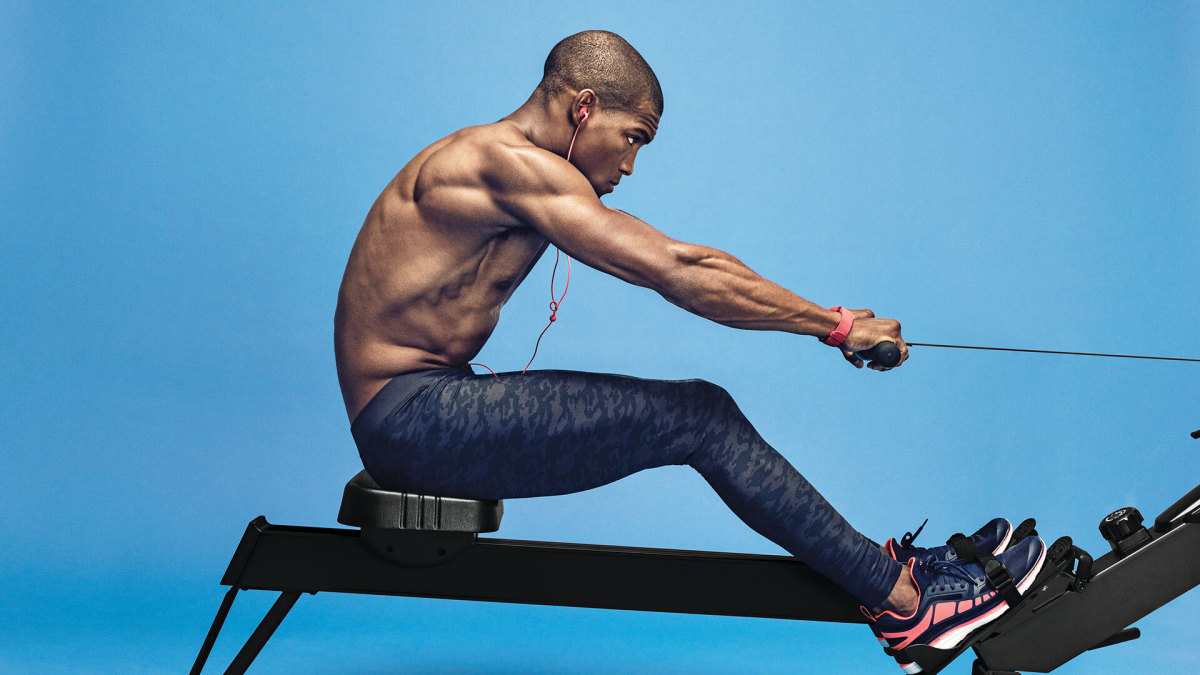
Part 7: Maintenance and Care of Your Rowing Machine
- Proper Cleaning and Maintenance: Proper cleaning and maintenance are important to ensure the longevity and effectiveness of your rowing machine. Regular cleaning and maintenance can help prevent damage and ensure that your machine is working properly.
- Storing Your Rowing Machine: When not in use, it’s important to store your rowing machine properly. This can help prevent damage and ensure that your machine is ready for your next workout. You should store your machine in a cool, dry place and avoid exposing it to direct sunlight or extreme temperatures.
- Troubleshooting Common Issues: Despite your best efforts, your rowing machine may experience issues from time to time. Knowing how to troubleshoot common issues can help you save time and money. You can troubleshoot common issues like a noisy flywheel or a loose footrest on your own, but for more serious issues, it’s best to seek professional repair.
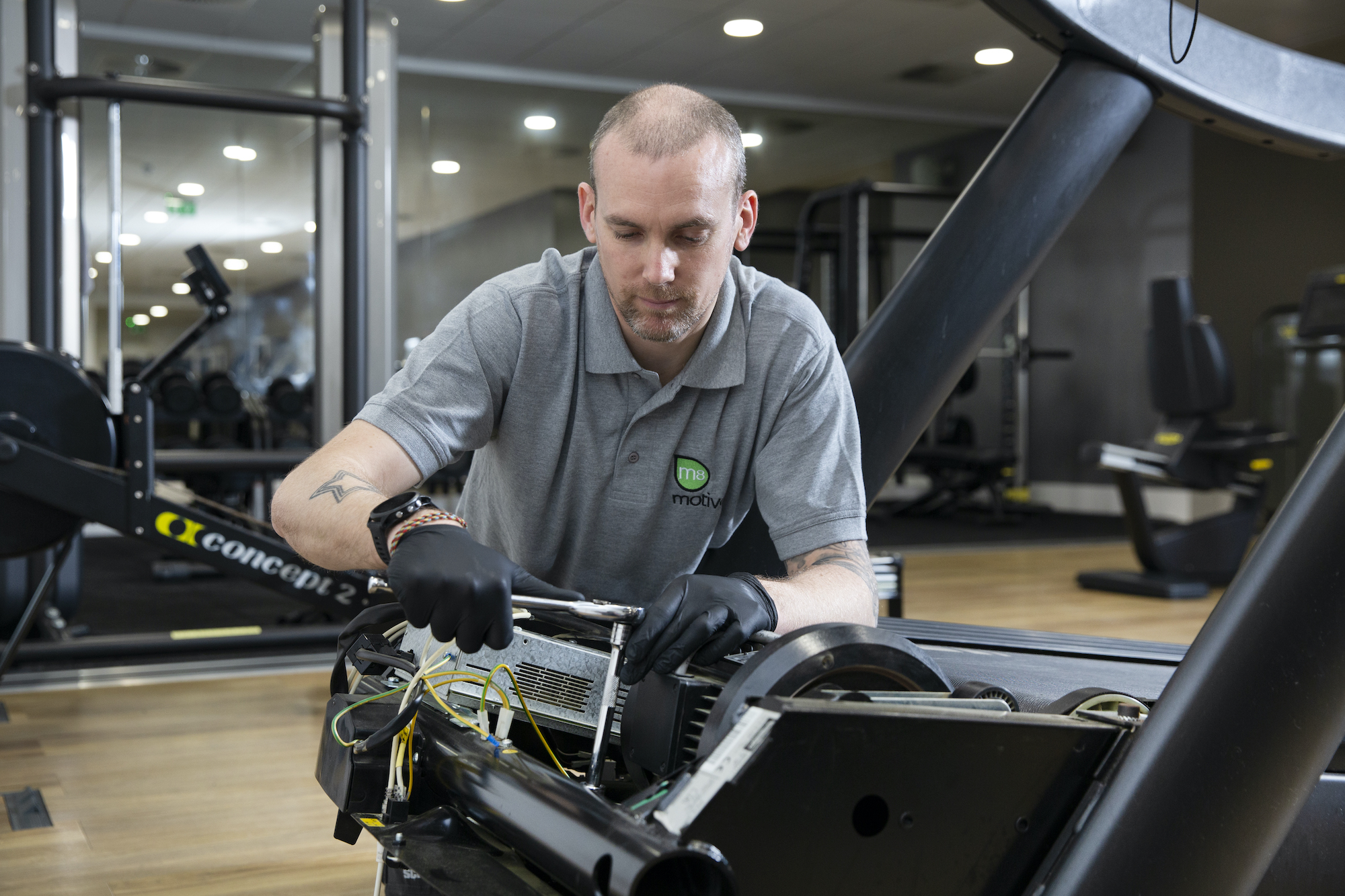
Conclusion
Rowing machines are an excellent way to achieve a low-impact full-body workout. They are versatile, effective, and suitable for all fitness levels. By understanding the anatomy and science of rowing, you can maximize the benefits of your workout and avoid common mistakes. With proper maintenance and care, your rowing machine can provide years of effective and enjoyable workouts. Don’t be afraid to try rowing as part of your fitness routine and see the benefits for yourself.

